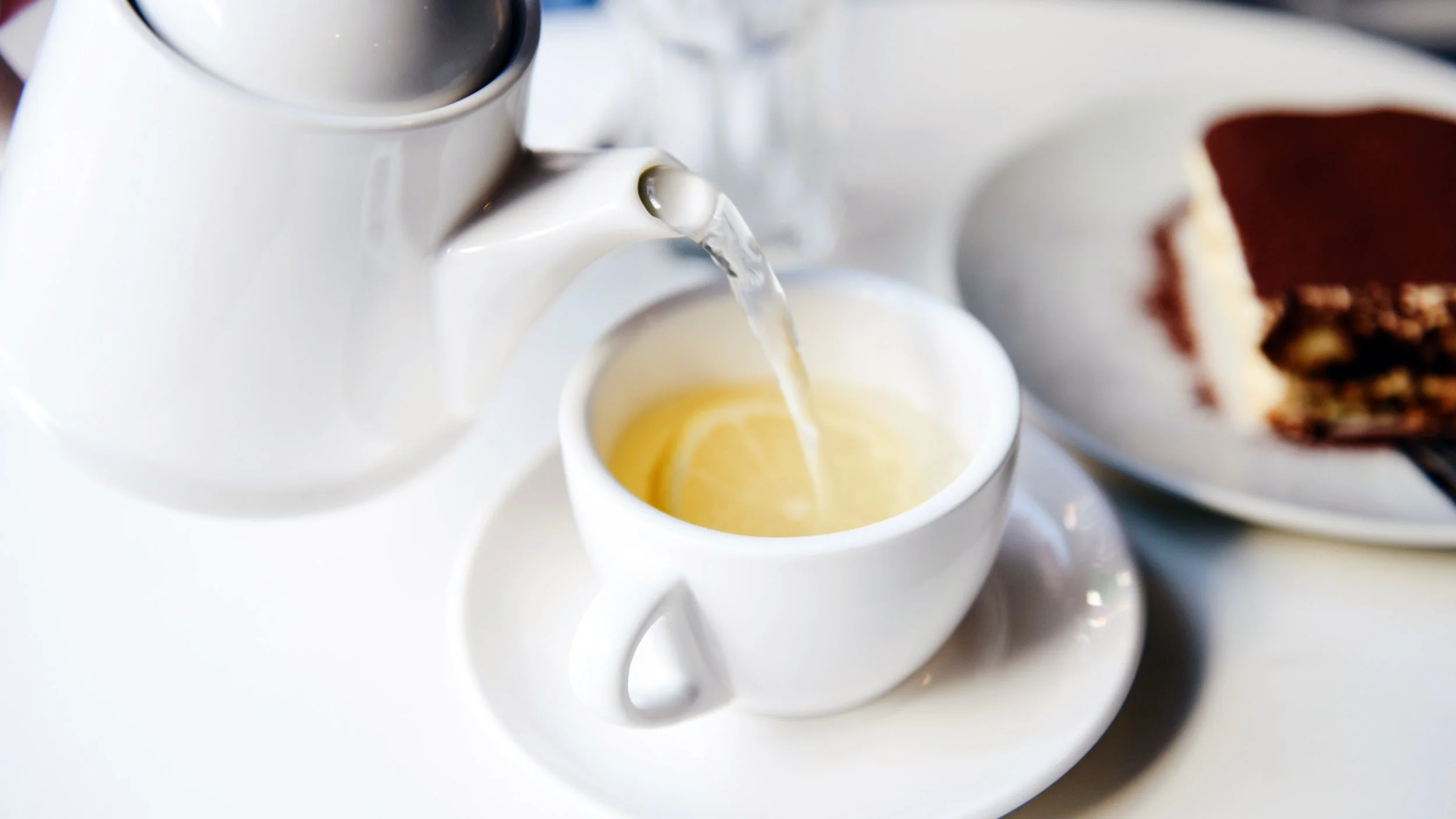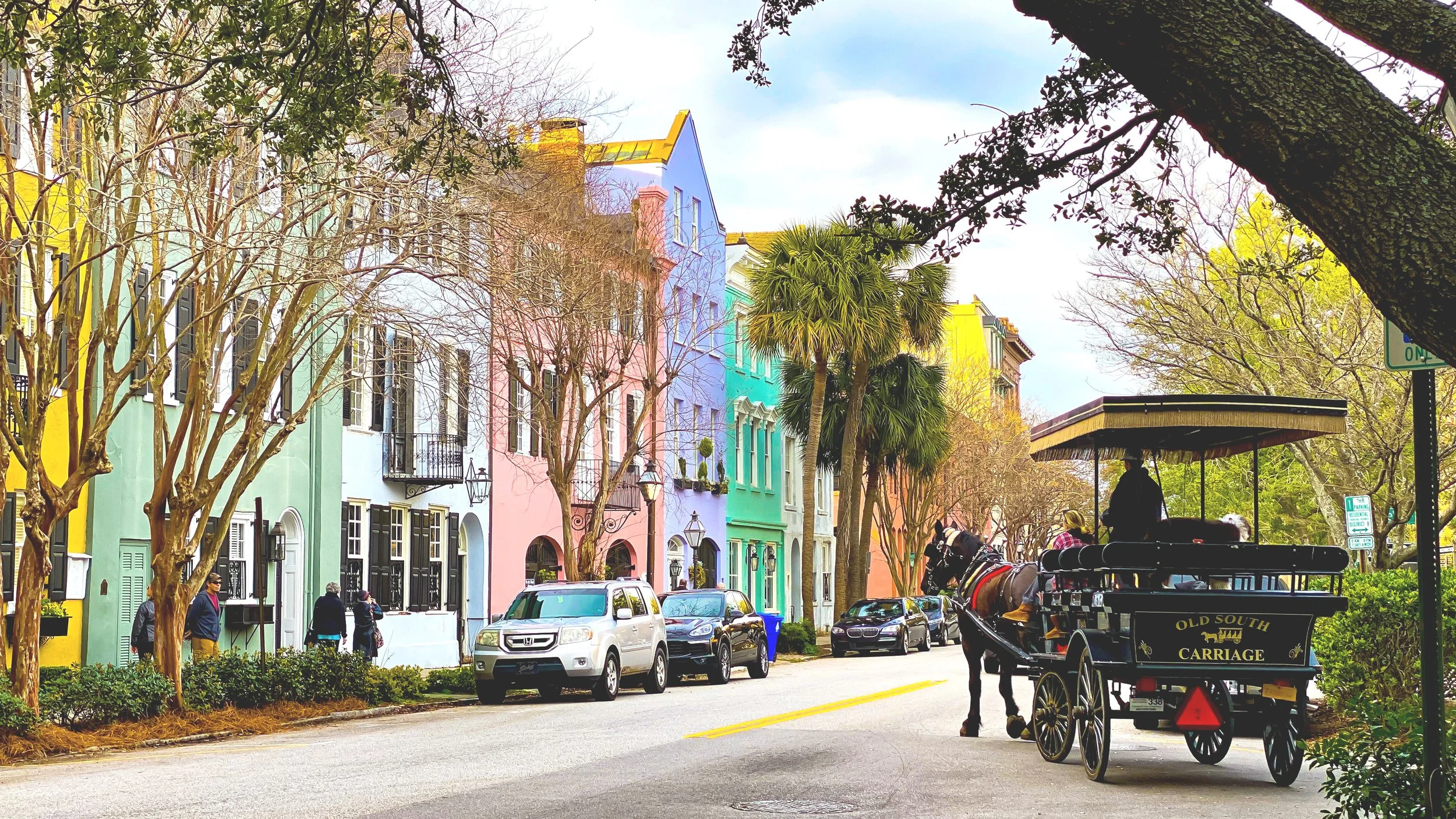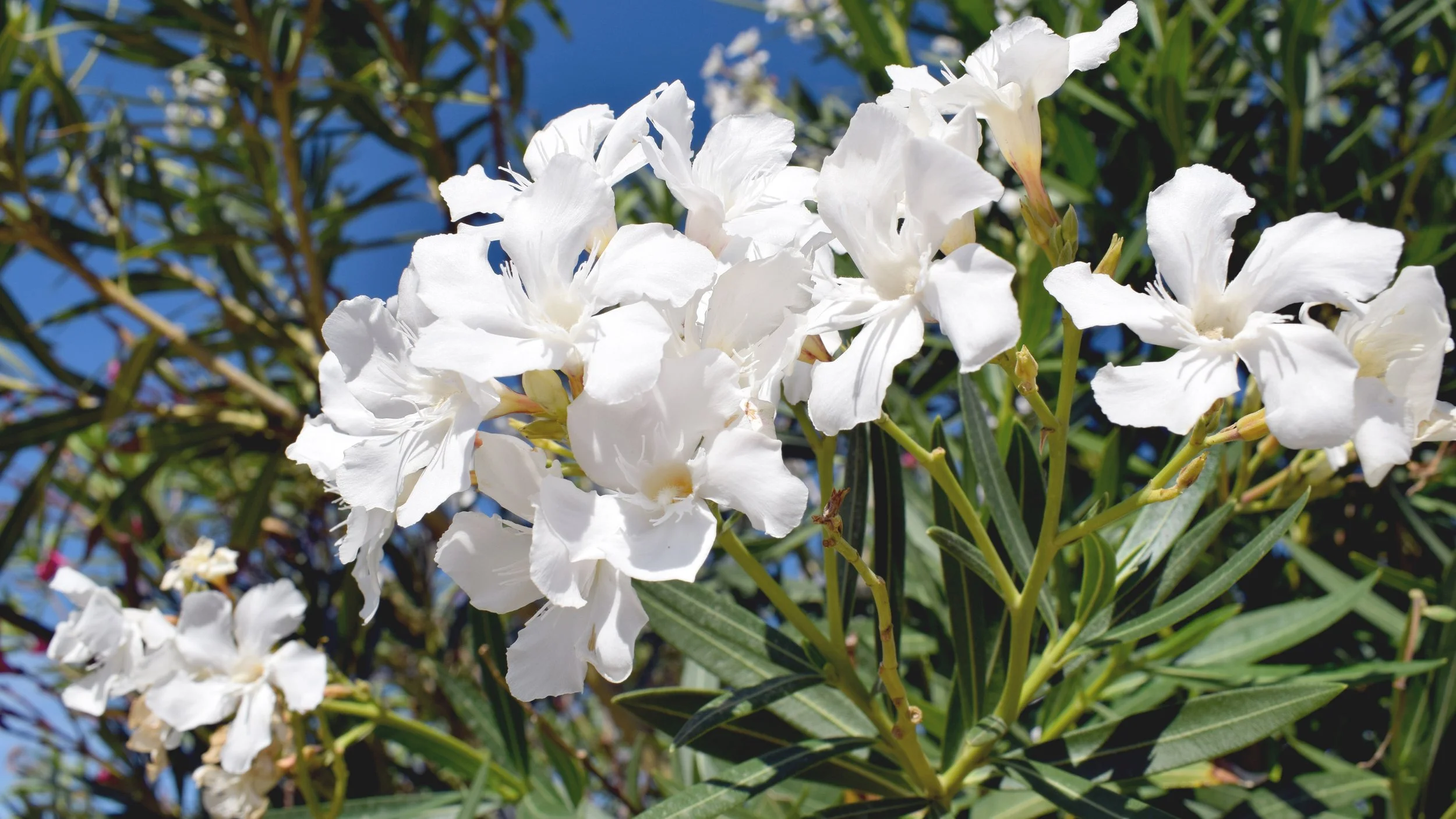Spilling the (Historical) Tea with Oliver Pluff
We’re so thrilled to partner with fellow tea and history lovers at Oliver Pluff to bring you some of our favorite Charleston legends - perfectly paired with the best blends to sip while spilling some hot historical gossip!
The Charleston Tea Parties | Pair with: Holiday Blend
Did you know that the Charleston Tea Party took place nine days before the famous Boston Tea Party? And that there was not just one, but three "tea parties" in the city?
The first was on December 1st, 1773. The British Parliament had recently passed the tea tax, and the South Carolina Gazette criticized the move as unconstitutional, describing how the British government sought to “raise a revenue, out of your pockets, against your consent – and to render the assemblies of your representatives totally useless.”
Christopher Gadsden- who might be familiar to you as one of the original Sons of Liberty, the creator of the Gadsden Flag, or the person who developed Gadsden's Wharf – rallied a meeting of the Sons of Liberty. Here in the Exchange Building, which was generally reserved for conducting business, the group decided to boycott tea.
When the ship the London arrived at port with 257 crates of the "noxious weed," they refused to accept the shipment. In civilized and polite – if anticlimactic – Charleston fashion, they stored it in the Exchange Building rather than permitting it to be sold.
It would not be so civilized the next time a ship came to shore with the contraband on board.
In July 1774, a ship named Magna Carta claimed three crates of tea in its cargo manifest, and the General Committee called upon the captain to explain himself. He said it was “managerial oversight:” that a mate had accepted it without his knowledge, and by the time he discovered the mistake it was too late. The captain volunteered to pitch the crates overboard, but the plan hit a snag when the townspeople came out to bear witness. The royal officials refused the taxes he tried to pay on the import, and the tea was not destroyed. The Committee threatened to tar and feather the captain. He escaped to another ship, the Brittania, that was nearby in Charleston Harbor. Again, after this escape, the Committee brought the unwanted tea to the Exchange Building for storage.
One more time! November 1774 the Britannia that had served as safe haven for the captain of the MagnaCarta, arrived at port with seven crates of tea. After some contradictory testimony from the Captain, the blame is mostly placed with local Charleston merchants. This time there were no threats of violence, but patriots did finally enjoy the drama of throwing the tea into the harbor as a "Sacrifice to Neptune."
Creating Rainbow Row | Pair with: Jasmine Tea
Rainbow Row is one of the most popular places to snap a photo downtown, and famous for its signature colorful row houses. These buildings were built between the 1740s and the 1790s by merchants who would have set up shop just across the street from the biggest port in the south. The streets opposite are named for the wharves that were once here - Boyce's Wharf, Adger's Wharf, Vanderhorst Wharf, and more.
The merchants would have done business on the first floor of the row house, and either lived upstairs or rented the rooms out to sailors looking to rest on terra firma. We think it would have been a good bit of the latter – there's even evidence that not all of these homes had interior staircases from the ground to the upper floors, which gives you an idea of the clientele, who wouldn’t have been permitted inside the business quarters.
Wherever you have sailors, you're likely to have a lot of drinking, drugs, and ladies and men of negotiated affections. No polite women of society would have ever been seen on this stretch of East Bay Street!
After the port moved further up the Peninsula, these buildings fell on hard times and were considered slums and slated for demolition in the 1920s. Susan Pringle Frost founded the Preservation Society in 1920 – it was the first such organization in America, and primarily female founded. She was also the first woman real estate agent in Charleston, and a kind of early house flipper: She would buy houses slated for demolition and restore them to sell for a profit so she could move on and save some more buildings. She wasn't doing this as a one off, either – she would convince her friends to join her in saving a block of Tradd Street, or in this case, the part of East Bay we now call Rainbow Row.
It’s said that her friend Dorothy, at the suggestion of her handyman, proposed “how about I paint mine Caribbean Pink?” The neighbors followed suit in other pastel colors, and what was once essentially houses of ill repute became this picture-perfect, postcard-worthy section of Charleston.
Southern Inhospitality | Pair with: Gunpowder Green Tea
We love the beautiful oleander bushes that line East Battery and Murray Boulevard - but did you know they're quite poisonous? We also revere our history and we love our historic gossip! This bit might fit into the latter category, but as Mark Twain said – never let the truth get in the way of a good story!
The legend goes that there was a woman who lived on Legare Street during the Revolutionary War who would invite British officers and soldiers to her house for tea. I just imagine her making teatime conversation: "isn't this tea so fragrant? I flavored it with a beautiful flower from my garden!" Oleanders are lovely and fragrant – and quite poisonous! However, not so much so that the British officers would drop dead in her drawing room – it would take a few days for the toxins to filter through, and then these healthy young men began to have suspicious heart attacks just a few days after receiving such warm hospitality on Legare Street. The story goes that the homicidal hostess was caught, but let off for doing her Patriotic duty.
Say, would you like a cuppa?
Shop these and other incredible teas, blended with love and inspired by American history, at Oliver Pluff & Co.



